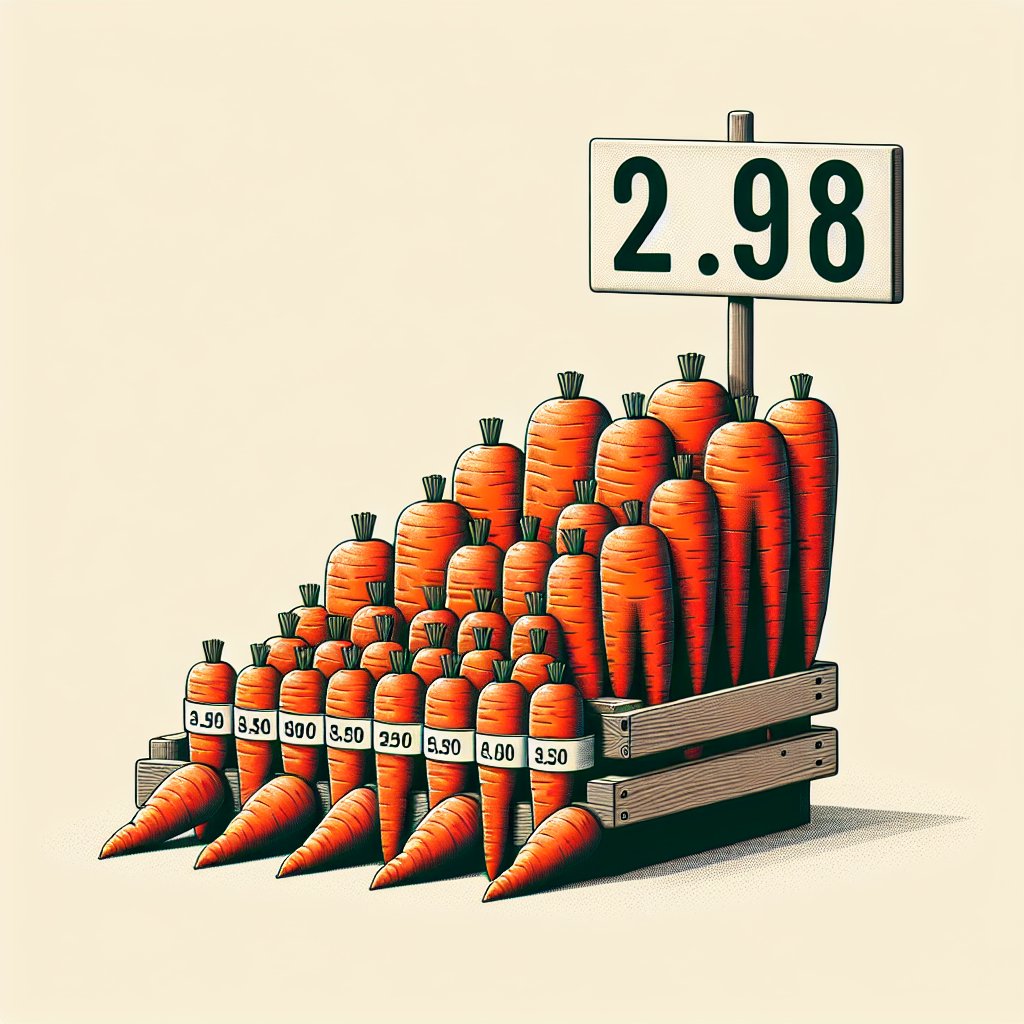Current carrot prices in Poland are influenced by various seasonal changes that affect both supply and demand. Understanding these fluctuations is essential for farmers, retailers, and consumers alike. This article delves into the factors that contribute to the pricing of carrots in Poland, examining seasonal trends, market dynamics, and the impact of agricultural practices on pricing.
Seasonal Trends in Carrot Prices
The price of carrots in Poland is subject to significant seasonal variations. These changes are primarily driven by the harvest cycle, weather conditions, and consumer demand. Carrots are typically planted in the spring and harvested in late summer to early autumn, which creates a natural ebb and flow in their availability.
Harvest Season and Supply
During the peak harvest season, which usually occurs from August to October, the supply of fresh carrots increases dramatically. This abundance often leads to lower prices as farmers and retailers compete to sell their produce. Conversely, as the harvest season comes to an end, the supply diminishes, and prices tend to rise. This pattern is particularly evident in the months of November through March, when the availability of fresh carrots is limited, and prices can spike due to scarcity.
Weather Conditions
Weather plays a crucial role in determining carrot prices. Adverse weather conditions, such as droughts or excessive rainfall, can negatively impact crop yields. For instance, a dry spell during the growing season can lead to smaller carrots or reduced overall production, resulting in higher prices. On the other hand, favorable weather conditions can lead to a bumper crop, which may drive prices down. Farmers must constantly adapt their practices to mitigate the effects of weather on their crops, which can also influence market prices.
Market Dynamics and Consumer Demand
In addition to seasonal trends, market dynamics and consumer preferences significantly impact carrot prices in Poland. The demand for carrots can fluctuate based on various factors, including dietary trends, health awareness, and culinary preferences.
Consumer Preferences
As consumers become more health-conscious, the demand for fresh, organic produce has increased. This shift in consumer behavior has led to a rise in the popularity of locally sourced carrots, which can command higher prices in the market. Farmers who adopt organic farming practices may benefit from this trend, as they can sell their produce at a premium. However, the transition to organic farming requires significant investment and time, which can be a barrier for some producers.
Retail Pricing Strategies
Retailers also play a crucial role in determining carrot prices. Supermarkets and local markets often employ various pricing strategies to attract customers. For example, during peak harvest season, retailers may offer discounts to encourage sales, while in the off-season, they may increase prices to reflect the higher costs of sourcing carrots from other regions or countries. Additionally, promotional campaigns and seasonal marketing can influence consumer purchasing behavior, further impacting prices.
Impact of Agricultural Practices
The methods used in carrot cultivation can also affect pricing. Farmers who implement sustainable agricultural practices may incur higher production costs, which can be reflected in the prices they charge. However, these practices can lead to better quality produce, which may justify higher prices in the eyes of consumers.
Technological Advancements
Advancements in agricultural technology have the potential to improve carrot yields and reduce production costs. For instance, precision farming techniques, such as soil moisture monitoring and targeted fertilization, can enhance crop quality and quantity. Farmers who adopt these technologies may be able to offer competitive prices while maintaining profitability. However, the initial investment in technology can be a significant hurdle for smaller farms.
Environmental Considerations
Environmental factors, such as soil health and biodiversity, are increasingly recognized as critical components of sustainable agriculture. Farmers who prioritize these aspects may experience long-term benefits, including improved crop resilience and reduced reliance on chemical inputs. While these practices may not yield immediate financial returns, they can contribute to a more stable pricing environment in the future.
Conclusion
Understanding the current prices of carrots in Poland requires a comprehensive analysis of seasonal changes, market dynamics, and agricultural practices. As the agricultural landscape continues to evolve, farmers, retailers, and consumers must remain adaptable to the shifting conditions that influence pricing. By staying informed about these factors, stakeholders can make better decisions that benefit both their businesses and the broader community.
In summary, the interplay between supply and demand, weather conditions, consumer preferences, and agricultural practices creates a complex pricing environment for carrots in Poland. As we move forward, it will be essential to monitor these trends and adapt to the changing agricultural landscape to ensure a sustainable and profitable future for carrot production.




